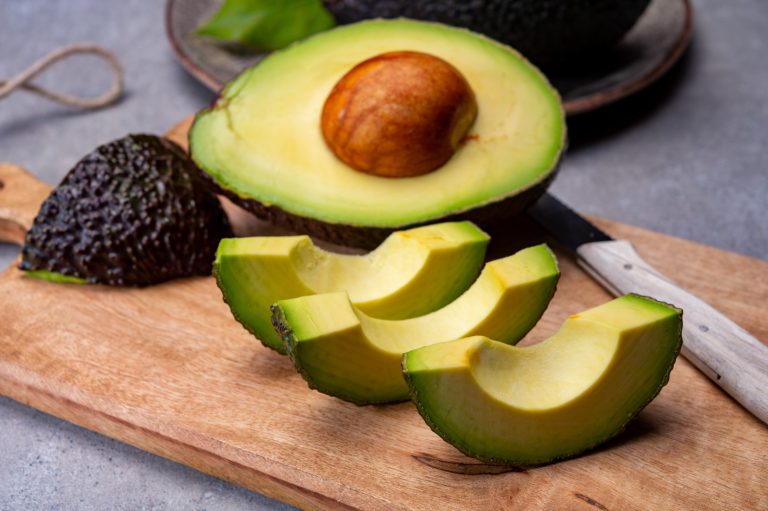Keto vs. Intermediate Fasting: Which Should You Choose?
In recent years, the realms of health and wellness have seen a surge in the popularity of two dietary approaches: the ketogenic diet and intermittent fasting. Both of these methods have gained widespread attention for their potential benefits in weight loss, improved metabolic health, and overall well-being. However, they are distinct strategies with different mechanisms and considerations. In this article, we will explore the key differences between keto and intermittent fasting to help you decide which approach might be the better fit for your goals and lifestyle.
Ketogenic Diet: A Low-Carb Lifestyle
The ketogenic diet, often referred to simply as “keto,” is a high-fat, low-carbohydrate eating plan designed to shift your body into a state of ketosis. Ketosis occurs when your body runs low on glucose (sugar) from carbohydrates and starts breaking down fat into ketones for energy. Here are some key characteristics of the ketogenic diet:
- Macronutrient Ratio: The standard ketogenic diet typically consists of 70-75% fat, 20-25% protein, and only 5-10% carbohydrates.
- Food Choices: Keto emphasizes foods like avocados, nuts, seeds, fatty fish, meat, butter, and oils while limiting carb-rich foods like bread, pasta, and sugary snacks.
- Benefits: Keto is known for its potential to promote weight loss, stabilize blood sugar levels, and improve cognitive function.
- Challenges: Adhering to a strict low-carb diet can be challenging, and some individuals may experience the “keto flu” during the initial transition phase.
Intermittent Fasting: Timing Is Key
Intermittent fasting (IF) is not so much about what you eat but rather when you eat. It involves cycling between periods of eating and fasting. There are several popular methods of intermittent fasting, including the 16/8 method, the 5:2 diet, and the eat-stop-eat approach. Here’s an overview of intermittent fasting:
- Fasting Windows: Depending on the method you choose, you might fast for 12-24 hours, usually followed by an eating window.
- No Food Restrictions: Intermittent fasting doesn’t place restrictions on specific foods. You can eat a balanced diet during your eating window.
- Benefits: IF is associated with weight loss, improved insulin sensitivity, reduced inflammation, and potential longevity benefits.
- Challenges: Some people find it challenging to adapt to fasting windows and may experience hunger or irritability initially.
Choosing the Right Approach
The choice between keto and intermittent fasting largely depends on your personal goals, preferences, and how your body responds to each approach. Here are some considerations to help you decide:
- Weight Loss Goals: Both keto and intermittent fasting can be effective for weight loss. Keto may be more suitable if you prefer a structured meal plan, while intermittent fasting offers more flexibility.
- Sustainability: Consider which approach you are more likely to stick with in the long term. Sustainable changes are key to achieving and maintaining your health goals.
- Metabolic Health: If you are concerned about blood sugar control, keto may be more effective due to its low-carb nature. However, intermittent fasting can also help improve insulin sensitivity.
- Lifestyle: Think about your daily routine and lifestyle. If you have a demanding schedule or social commitments that revolve around meals, intermittent fasting might be easier to incorporate.
- Personal Preferences: Some people simply feel better on one approach compared to the other. Experimentation may be necessary to determine which works best for you.
It’s worth noting that both keto and intermittent fasting can be tailored to suit individual needs. For example, you can practice a keto diet with intermittent fasting or adjust your fasting window to fit your schedule while on keto. Ultimately, the best approach is one that aligns with your goals and lifestyle and is sustainable for the long haul.
Before embarking on any new diet or fasting regimen, it’s advisable to consult with a healthcare professional or registered dietitian to ensure it’s safe and appropriate for your specific health needs and goals. Remember that individual responses to these dietary approaches can vary, and what works for one person may not work for another. The key is to find a sustainable strategy that supports your health and well-being.







